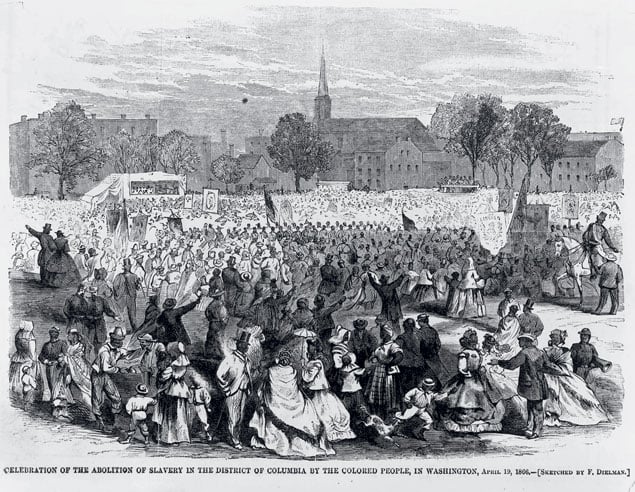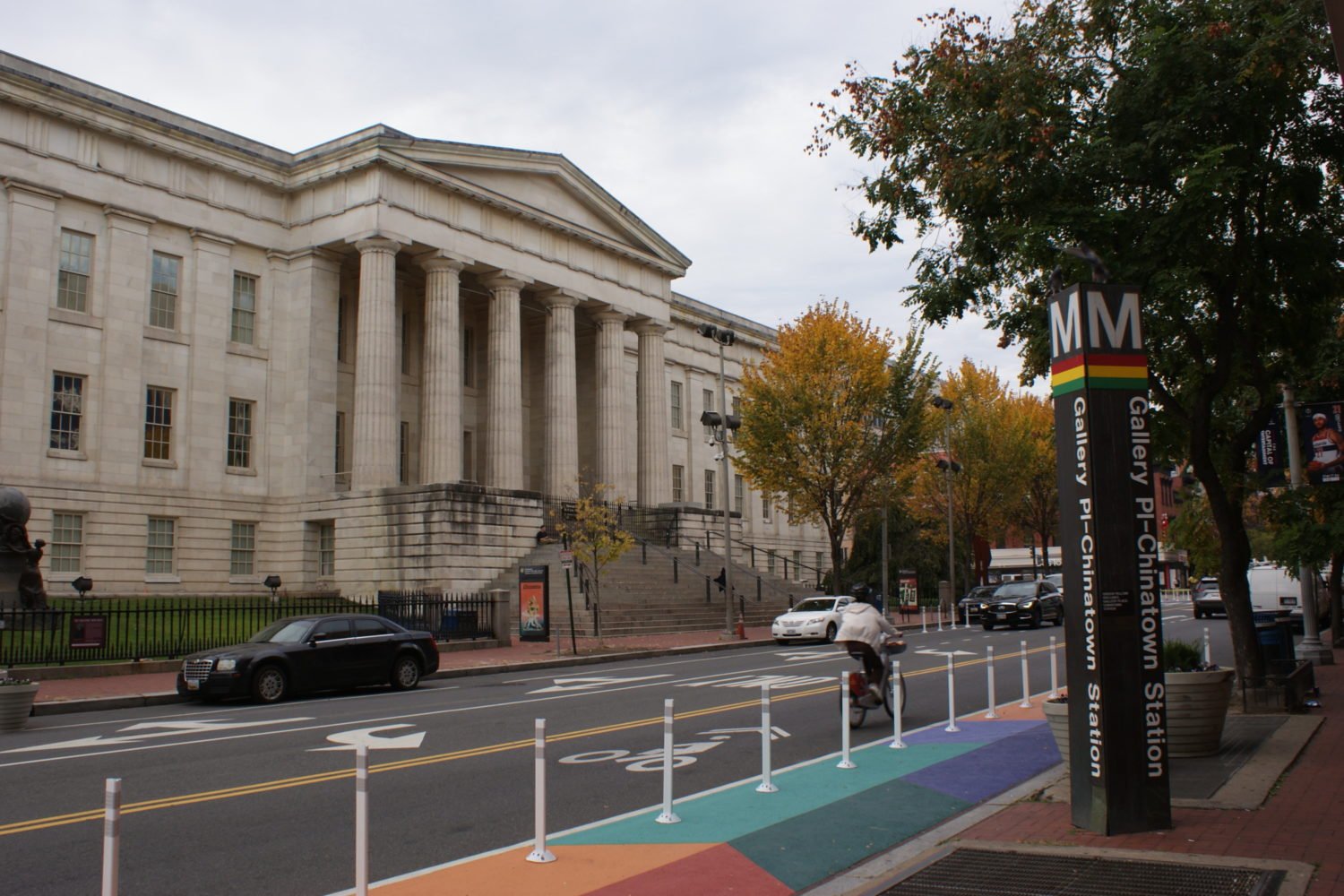Few men in American history spoke against the evil of slavery as forcefully as Senator Charles Sumner of Massachusetts. In 1856, he was clubbed near to death on the Senate floor after verbally attacking a South Carolina Democrat who defended the “peculiar institution.”
Six years later, in the midst of the Civil War, he was losing patience with his fellow Republican in the White House. Face to face with the President, Sumner demanded, “Do you know who at this moment is the largest slaveholder in the country? It is Abraham Lincoln, for he holds all of the 3,000 slaves of the District, which is more than any other person in the country holds.”
Sumner was right. As he spoke, a bill to liberate all the slaves in the nation’s capital lay on the President’s desk. All Lincoln had to do was sign his name to order compensated emancipation, by which the government would pay District of Columbia owners whose slaves were freed.
But Sumner left the White House frustrated. So did Bishop Daniel Payne of the African Methodist Episcopal Church, who came after him to plead with the President. Payne told Lincoln that “we the colored citizens of the republic” had been praying for him, and now it was time for him to answer their prayers. Lincoln heard the bishop but promised him nothing.
To sign the bill would be a simple act–but everything surrounding it was complicated.
Lincoln, who had grown up in the free state of Illinois, described himself as “naturally anti-slavery,” but his views on what to do about it had evolved in zigs and zags during his political career. His feelings had hardened during his one term as a congressman, from 1847 to 1849, when the slave trade flourished in Washington. He was appalled by what he saw at Franklin & Armfield, the biggest interstate dealer, seven blocks from the Capitol. It was “a sort of Negro livery-stable,” he wrote, “where droves of negroes were collected, temporarily kept, and finally taken to southern markets, precisely like droves of horses.”
Other dealers held slaves and conducted auctions in Georgetown and at scattered places including City Hall and Decatur House, across Lafayette Park from the White House. Some congressmen were offended by having to witness, as they came and went to do an allegedly free nation’s business, this commerce in humanity.
Robey’s, at Seventh Street and Maryland Avenue, Northeast, was surrounded by a high wooden fence. An English traveler was aghast at “this wretched hovel,” where “both sexes, and all ages, are confined, exposed indiscriminately to all the contamination which may be expected in such society.” He wrote that some had “actually frozen to death” in the city jail, nicknamed the Blue Jug, where transient slaves often were kept before being shipped south. Any free African-American without proper papers might be arrested and sent along with them.
Solomon Northup, a free black musician from New York state, told of traveling in 1841 to Washington, where he was kidnapped into slavery despite having papers documenting his status. He wrote that he was whipped for insisting that he was not a slave, then held in chains in Williams’s slave pen eight blocks east of the Capitol untill being taken to Louisiana by boat, train, stagecoach, and foot. There, he said, he worked as a field hand on a cotton plantation for 12 years before he met a Canadian who helped negotiate his freedom.
An 1830s abolition poster focusing on Washington demanded action:
“Slave factories, with chains and grated cells, are established at the Seat of Government. . . . The District of Columbia is one of the greatest and most cruel slave markets in the world! . . . When the American people declare in a voice of thunder that they will not endure to have their own metropolis profaned with slavery, then, and not till then, will the legislation of Congress be the echo of their voice. Speak then, fellow citizens!”
Lincoln and many other legislators in the 1840s did not believe slavery in the states was the national government’s business. But what happened in the nation’s capital was another matter. Lincoln was quiet during congressional debate on the issue, but in 1849 he drafted a bill that would have paid District of Columbia owners to set their slaves free. It was so full of tradeoffs that it got nowhere. Among other things, it called for approval by local voters, all of them white males.
With the Compromise of 1850, Congress postponed the national showdown over slavery for another decade, but it ended the slave trade in the nation’s capital. As a result, most of that commerce moved across the river to Alexandria. But while that grand compromise stopped slave-dealing in Washington, it left slavery itself untouched. Slaves and ex-slaves, whose labor had built the national capital, still lived in fear of violating the longstanding “black code” that restricted their daily lives, including how they could assemble, worship, drive carriages, swim in the Potomac, and be on the street after 10 pm. There things stood in 1861, when Lincoln arrived to become President.
He was fully conscious that in political terms he was moving into enemy territory. The 1860 census counted 75,080 persons in DC, including 11,131 free blacks and 3,185 slaves. Some 77 percent of the District’s population had been born in Virginia and Maryland or came from families there. Lincoln had won only a tiny fraction of voters in those slave states. As President-elect, he had literally sneaked into Washington ahead of schedule because of threats that he would be assassinated as he passed through Baltimore.
Shortly after Lincoln’s arrival in Washington, Mayor James Berret led a delegation of DC officials to meet him at Willard’s Hotel (now the Willard). Berret’s words of welcome were courteously noncommittal, but all present knew that he and the local establishment leaned southward. Lincoln responded by saying he believed that much of the ill feeling between North and South was just a misunderstanding, that they would like each other better as they got to know each other.
Then came the war.


















